The Pennsylvania State Senate’s District Spotlight: Agriculture
The Pennsylvania State Senate’s District Spotlight: Agriculture
District Spotlight focuses on the different districts of the Pennsylvania State Senate and highlights a theme that they share. For this exhibition, the 11th district and 47th Senatorial districts will be on display, with agriculture being the common theme.
Agriculture has always played a significant role in the Commonwealth. During the early colonial era, Pennsylvania's agriculture was diverse and connected to the eastern coastline which stretched from Boston, Massachusetts to North Carolina. Instead of using currency, farmers used crops and field work as a form payment. Grains were used to make whiskey and ale which was the preferred beverage at that time. By the mid- 18th century, Pennsylvania was the leading food producer of the thirteen colonies. Today, the Commonwealth ranks 23rd nationally in agricultural production.
Pennsylvania has fifteen different agricultural regions resulting in a variety of crop production. The 11th Senatorial district includes all of Berks County which is situated in the Great Valley agricultural region. This region was known for having a diversified grain and livestock network with a Pennsylvania German influence. Majority of agricultural work was performed by farming families. The children of farming parents usually stayed and worked on farm past adulthood with wages primarily paid in shares. Today, Berks County is known for farmland preservation. It has preserved 77,743.80 acres of farmland which ranks third in the nation. The Pennsylvania Forebay was the barn of choice for the Great Valley region. These barns were very decorative, combining fine craftmanship with the latest farm technologies during that time.
The 47th Senatorial district, which includes parts of Beaver, Butler, and Lawrence Counties is in the Southwestern Pennsylvania and Allegheny Mountain regions. Like the Great Valley region, Southwestern Pennsylvania's agriculture was diverse from 1830-1850. Sheep farming dominated the agricultural scene later, which required minor labor and machinery to start, but it was a risk solely by itself so, most farmers combined it with their crop production. However, sheep farming could not be sustained and declined quickly due to reduction in wool prices, new textile factories in New England, and sheep farming increased in other parts of world. The Allegheny Mountain region combined agricultural farming with the industrial economy. During different times of the year, farming took a backseat to the lumber, mining, and oil industries. By the twentieth century both areas became known for small-scale, part-time farming.
District Spotlight offers a in depth view of the many senatorial districts of the Pennsylvania State Senate. This exhibition highlights two districts at once, showcasing farming practices as the common thread between them. We hope this exhibition will show that even though the districts are from opposites sides of the state, they still share a lot in common with each other.
- Rye-straw Circular coiled basket; Berks History Center
- Oak or ash oval basket for field harvest; Berks History Center
- Carriage woven basket; Berks History Center
- Rye-coiled basket with oak weavers; Berks History Center
- 1795 4'x13.5” with iron band in the middle hatchel (combing flax); Berks History Center
- Metal corn husker/shredder; Berks History Center
- Butter mold; Berks History Center
- Hatter's tool; Berks History Center
- Fruit Peeler; Berks History Center
- Iron copper kettle; Berks History Center
- Wooden bucket; Berks History Center
- Photographs of barns; Berks History Center
- Photographs of farming practices; Berks County History Center
- Photographs of farming practices; Berks History Center
- Digital reproduction of “The Moving Party at the Farmhouse” Berks County, ca. 1900; Winslow Fegley Schwenkfelder Library & Heritage Center; Berks County
- Photographs of Senator Judy Schwank at PA Farm Show
- Sheep Shearers, document compound for foot rot in sheep; Little Beaver County Historical Society
- Seed Hand Planter; Little Beaver County Historical Society
- Hobbs Dairy Glass Milk Bottle; Little Beaver County Historical Society
- Logstown Dairy Glass Milk Bottle; Little Beaver County Historical Society
- Funk's Dairy Glass Milk Bottle; Little Beaver County Historical Society
- Glass Butter Churn, How to Make Creamery Butter on Farm Book, Little Beaver County Historical Society
- Egg Scale; Little Beaver County Historical Society
- Photograph Fred Cook & Ronald Regan, Beaver County Heritage Center
- Photographs of Fred Cook's Farm; Beaver County Heritage Center
- Glass milk bottles Hyllmede farm; Beaver County Heritage Center
- Hay hooks; Beaver County Heritage Center
- Hay knife; Beaver County Heritage Center
- Framed Pennsylvania Farmer's Magazine cover; Beaver County Heritage Center
- Antique Horse Harness; Beaver County Heritage Center
- Antique Grain Cradle Cleaner; Senator Elder Vogel, Jr.
Pennsylvania Academic Standards
(History, US History, and Civics and Government) met in whole or in part* by this exhibition
Standard - 5.2.6.A: Compare and contrast rights and responsibilities of citizenship in the community, state, and nation.
The entire exhibition fulfills this standard by allowing the viewer to observe Pennsylvania citizens engaging in industries that were made possible by legislation.
Standard - 5.2.6.B: Explain how citizens resolve conflicts in society and government.
The entire exhibition allows the viewer the opportunity to fulfill this standard through an examination of the various sources on display which shows how citizens reacted to situations that effected their livelihood.
Standard - 5.3.6.C: Describe how local, state, and national governments provide services.
The entire exhibition allows the viewer the opportunity to fulfill this standard through learning what the Pennsylvania Department of Agriculture does for farmers.
Standard - 5.3.6.D: Identify leadership positions and their primary duties at the local, state, and national levels.
The entire exhibition fulfills this standard by featuring state Senators who chair the State Agriculture Committee and are actively engaged with farming in their districts.
Standard - 5.3.6.G: Identify individual interest groups and how they impact government.
The entire exhibition fulfills this standard by allowing the viewer to observe how important agriculture is to Pennsylvania and how legislators advocate for them.
Standard - 5.3.6.H: Describe the influence of mass media on society.
Portions of this exhibition fulfills this standard through materials that were used as advertisement for agricultural products.
Standard - 7.1.6.B: Describe and locate places and regions as defined by physical and human features.
A section of this exhibition allows the viewer the opportunity to fulfill this standard through an examination of geographical maps that explain the agricultural regions of the state.
Standard - 7.2.6.A: Describe the characteristics of places and regions.
A portion of this exhibition demonstrates this standard by showing and explaining the various types of agricultural areas throughout Pennsylvania.
Standard - 7.4.6.A: Describe and explain the effects of the physical systems on people within regions.
The entire exhibition fulfills this standard by allowing the viewer to observe farming practices changed over time due to the changing environment.
Standard - 7.4.6.B: Describe and explain the effects of people on the physical systems within regions.
The entire exhibition allows the viewer the opportunity to fulfill this standard through an examination of materials that shows how farming changed due to the industrial revolution.
Exhibition Team
- Michael Gerdes, Secretary and Parliamentarian of the Senate
- Alexandra Acri Barbush, Librarian of the Senate
- Martavis Washington, Research & Exhibit Specialist
- Donna Wheeler, Record Services Manager, Senate Library
- George Soule, Research Services Manager, Senate Library
- Jess Rodic, Assistant Secretary of the Senate
- Ashley Haldeman, Executive Assistant, Office of the Secretary of the Senate
Democratic Caucus Operations Staff
- Kristin Markle, Graphics Designer/Illustrator
Republican Communications Staff
- Todd Krick, Director of Graphic Arts
Senate Print Shop/Digital Production
- Chris Keller, Director
- Caleb Gordon, Deputy Director
Other Organization and Individuals
- Legislative Data Processing Center
- Midge Sefton, Director of Collections Management for Beaver Area Heritage Foundation and Musem
- Ed McLaughlin, Chairman, Beaver Area Heritage Foundation and Museum
- Beaver Area Heritage Foundation and Musuem
- Beverly Young, Little Beaver Historical Society
- Amber Vroman, Curator, Berks History Center Historical Society Museum & Henry Janssen Library
- Brad Smith, Archivist & Assistant Director, Berks History Center Historical Society Musuem & Janssen Library
- Berks History Center Historical Society Museum & Janssen Library
- Hunt Schenkel, Archivist, Schwenkfelder Library & Heritage Center
- Robert D. Hill, Military & Industrial History Curator, The State Musuem of Pennsylvania
- Jennifer Royer, Musuem Curator, Landis Valley Village & Farm Musuem
- Senator Elder Vogel, Jr., Senator 47th Senatorial District
- Jennifer Mlynarski, Field Representative, Senator Elder Vogel, Jr.
- Heather Burke, Chief of Staff, Senator Elder Vogel, Jr.
- Senator Judy Schwank, Senator 11th Senatorial District
- Spencer A. Thornburg, Communications Director, Senator Judy Schwank
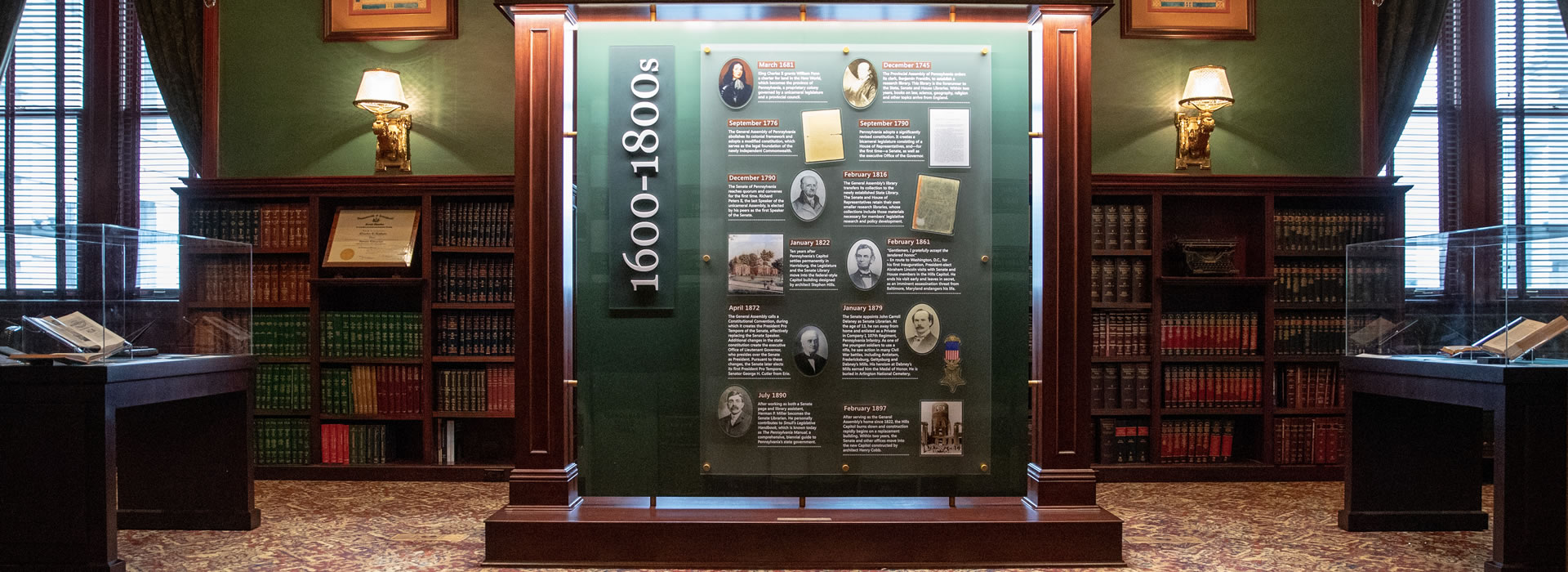
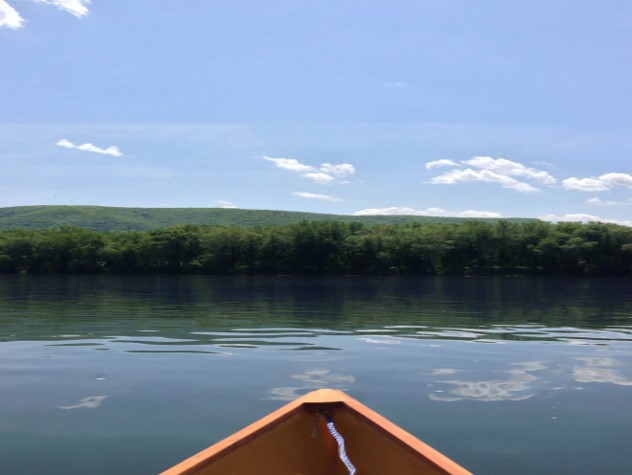
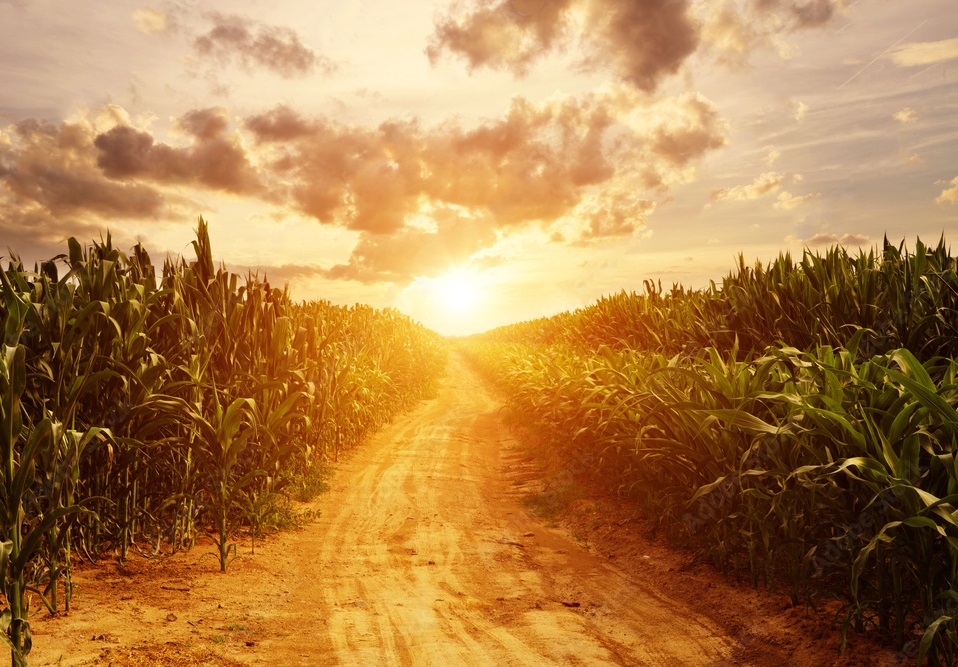
.jpg)
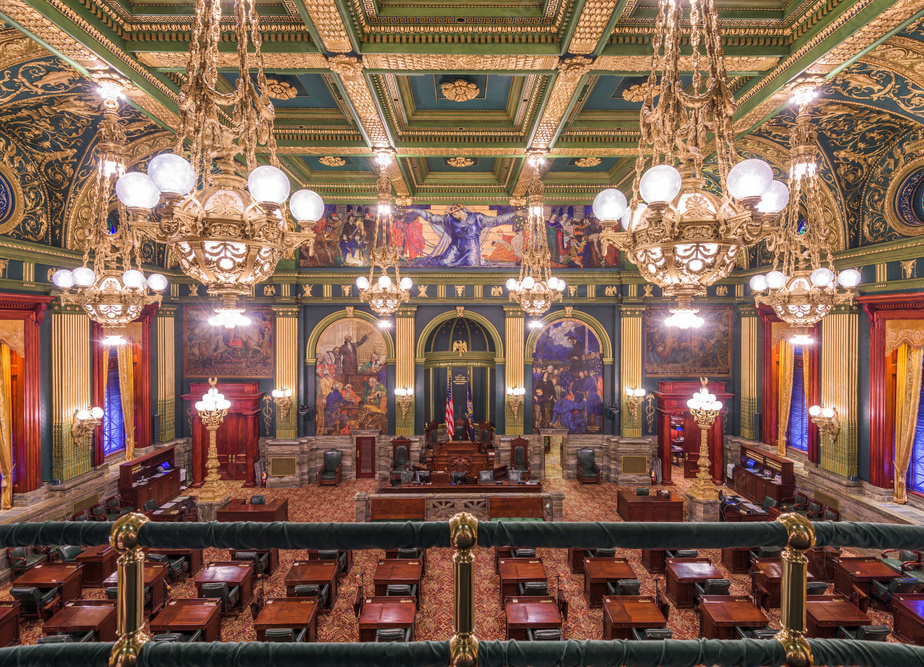
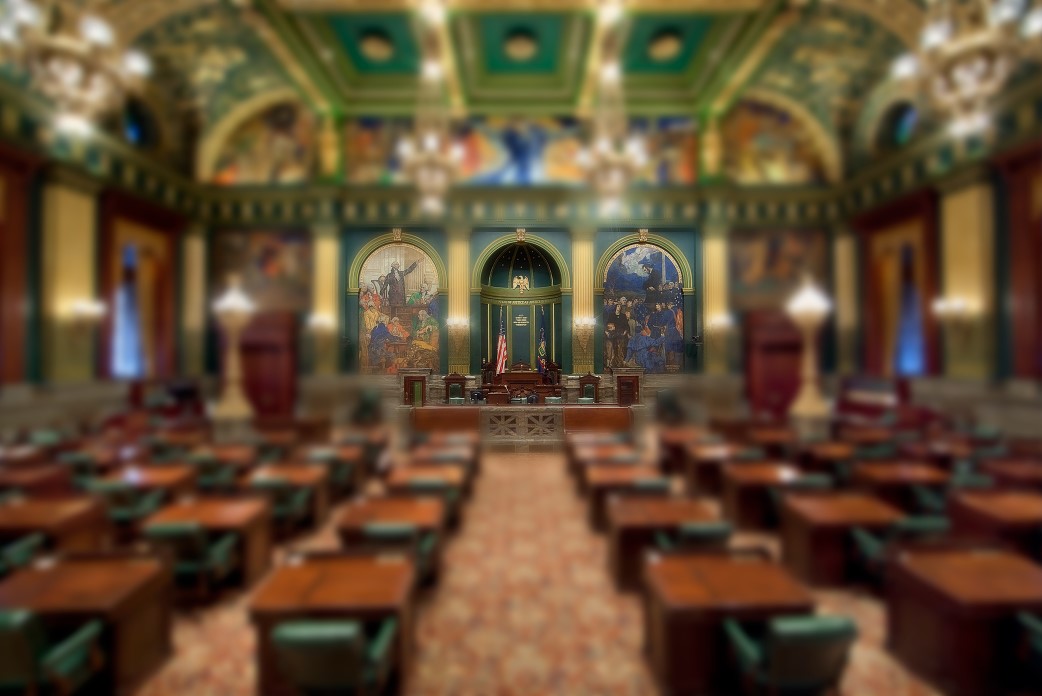
.jpg)